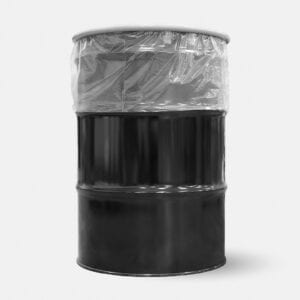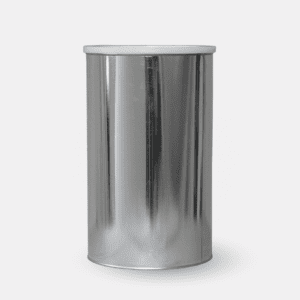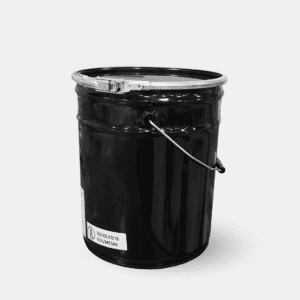Lithium Safety
Safe handling and easy identification.
Lithium-ion batteries have grown in popularity since their creation in the 1970s. With several important advantages, such as being lightweight and able to hold a charge during long storage periods, lithium-based batteries are some of the most popular on the market.
Lithium batteries, lithium-polymer batteries, and lithium-ion batteries have emerged as popular energy sources in recent times. A regular lithium-ion battery can hold 150 watt-hours of electricity in a 1 kg battery, which is much higher compared to a lead acid battery with a storage capacity of 25 watt-hours per kg and NiMH battery with a storage capacity of 100 watt-hours/kg. With their many advantages, these batteries are now widely used in consumer electronics and battery-operated vehicles.
Despite its popularity, lithium safety has been one of the concerns for users and manufacturers across the world. These safety issues are largely due to instability and extreme sensitivity at high temperatures. Inadequate quality, flawed battery design, physical abuse, and improper discharging and charging are some leading causes of rapid explosion and fire in these batteries. Nowadays, lithium batteries and lithium-ion batteries are designed with some safety measures such as pressure-relief devices and positive temperature coefficient (PTC) resistors, which act as a fuse. Although these features help reduce risks to a large extent, it is still recommended to store damaged or end-of-life lithium batteries safely before sending them to the nearest recycling center.
Identifying Household Lithium Batteries
Whether damaged, defective, recalled, or used, we accept all lithium battery types. While lithium-based batteries are safe to use, they still require additional attention. When these batteries fail or are damaged, they present the potential to have a thermal runaway event. Lithium batteries come in all different shapes and sizes. There are two main types of household lithium batteries:
- Lithium primary
- Sometimes marked “Lithium” or “Non-Rechargeable Lithium”
- Common forms include AA, AAA, C, D, coin, button cell, or 9-volt
- Coin/button cell identifying number starting with “CR”
- Longer-lasting than alkaline cells
- Lithium-ion
- Marketed as rechargeable
- Marked Lithium-ion, Li-ION, Li-ion, or LiPo
- Button cell identifying number starting with LIR
- May contain a battery seal, a safety device that is sealed to the cell, or other markings
A lithium polymer battery is a lithium-ion battery that contains a polymer electrolyte. While this format is not a common household battery, it is important to know it is on the market and growing in demand. These batteries have improved safety from previous battery types (more resistant to overcharging), and are lightweight, very low profile, and can take flexible forms – not bound to standard cell formats.
Advantages of Lithium-ion Batteries
- Lightweight
- Ability to hold a charge
- Low self-discharge rates
- High energy density
- Very high current to applications
- Fast charging rates compared to lead acid batteries
Types of Lithium-Ion Batteries (Cathode types)

Lithium Cobalt Oxide (LiCoO2) — LCO
- Common energy storage for mobile phones, laptops, and digital cameras
- Limitations: shorter lifespan, low thermal stability, limited load capabilities, risky when damaged, the limited resource of cobalt

Lithium Manganese Oxide (LiMn2O4) — LMO
- Common energy storage for power tools, medical instruments, as well as hybrid and electric vehicles
- Limitations: low energy density
- Pure Li-manganese batteries are no longer common as solo power sources today. They are, however, still used by blending with other lithium-ion battery cathodes.
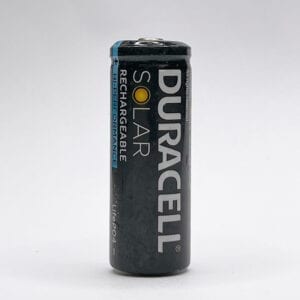
Lithium Iron Phosphate (LiFePO4) — LFP
- Common energy storage for forklifts, weather monitoring devices, ocean buoys, and oil and gas pipeline equipment in every climate around the world
- Limitations: Cannot charge at low temperatures, also not good in high temperatures
- Offer the best balance of energy density and safety without causing harm to the environment
- High current ratings, enhanced safety, good thermal stability, and a long-life cycle
- Often used to replace the lead acid starter battery in energy storage systems

Lithium Nickel Manganese Cobalt Oxide (LiNiMnCoO2) — NMC
- Common energy storage for power tools, e-bikes, and other electric powertrains
- Limitations: mechanical instability of the cell, the limited resource of cobalt and nickel

Lithium Nickel Cobalt Aluminum Oxide (LiNiCoAlO2) — NCA
- Common energy storage for medical devices, industrial uses, and electric powertrains (Tesla)
- Limitations: high costs and limited resource of cobalt and nickel
- Used as energy cells, mainly in electric vehicles
Failure Prevention
-
You can help prevent battery failure with these tips!
-
- Make sure lithium batteries, chargers, and other equipment are certified by a Nationally Recognized Testing Laboratory (NRTL). To recognize whether or not your batteries are certified, there will be icons, as seen below, on the battery packaging. Another way to determine if your batteries are certified visit the Nationally Recognized Testing Laboratory Program website.
- Properly store and charge batteries per manufacturer’s instructions
- Make sure replacement batteries are designed and approved for the device.
- Do not overcharge batteries. Once fully charged, remove batteries from the charger.
- Store lithium batteries in cool, dry locations.
- Avoid physically damaging lithium batteries.
- If batteries are damaged, remove them from the device and place them in a fire-resistant container or DDR kit with sand or another extinguishing agent following local, state, and federal regulations.
-

An example of a bloated vs. undamaged lithium-ion cell phone batteries.
Identifying Damaged Lithium-Ion Batteries
- Defective batteries have a significant thermal risk and deteriorated mechanical integrity
- Damaged batteries can go undetected due to prompt voltage recovery and insignificant local temperature increase
- Example: My cell phone still charges, Laptops getting slightly warm to the touch
- The battery may be swollen, bloated with cracks, leaking, or have corrosion or burn marks
Handling Damaged Lithium Batteries
- Do not use damaged batteries. If currently installed, remove from device. If you are unable to remove the device safely and easily, keep the battery in the device and recycle the entire unit.
- To recycle a damaged battery, purchase one of our DDR kits.
- Do not put a damaged battery in the trash; this is a common cause of fires in garbage trucks and recycling facilities.
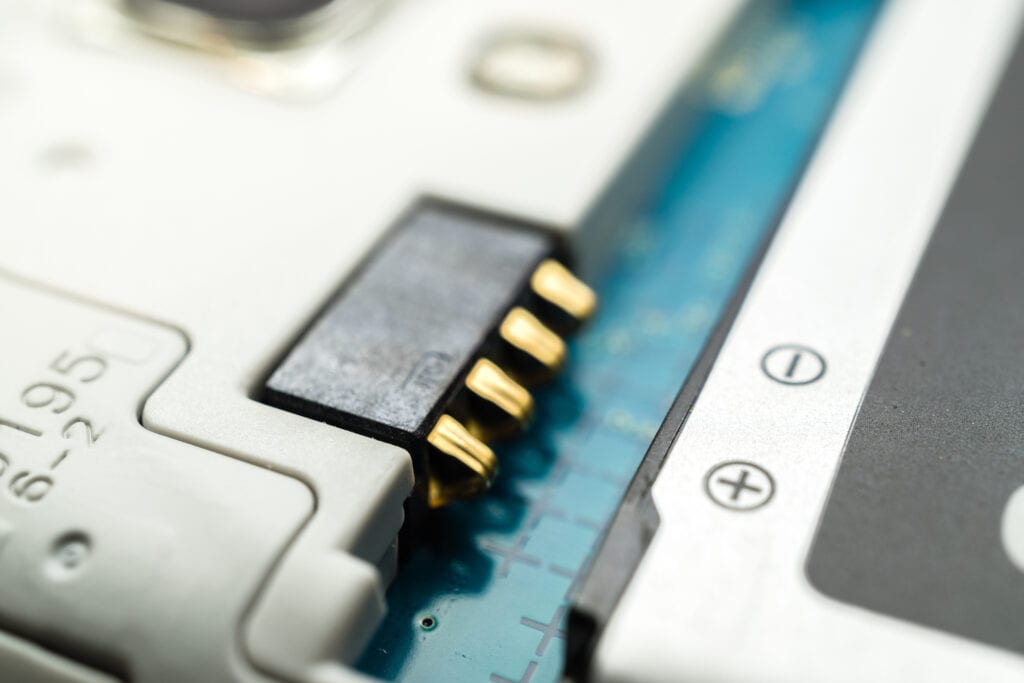
Remove damaged batteries from use and send for reclamation.
Thermal Runaway
How it Happens
A thermal runaway event can occur for many reasons including:
- Faulty cell design
- Cell manufacturing flaws
- External abuse of cells
- Inefficient battery-pack design
- Poor protection design
- Inadequate charger or charging system design
Common Damage Types
There are three common damage types that lead to lithium battery failures:
- Mechanical
- Thermal
- Electric abuse
Avoid mechanical, thermal, and electric abuse:
- Don’t leave battery on charger once charged
- Keep out of both extreme hot and cold temperatures
- Don’t throw batteries
Early Failure Symptoms
Failing lithium-ion batteries may show a few signs before deteriorating to the point of thermal runaway:
- Change in charging efficiency, charging and discharging cycle inefficiency
- Battery heating during charging, particularly near the end of charging
- Charging capacity is higher than discharge capacity beyond the typical charge efficiency losses
Recycling Lithium Batteries
To ship damaged lithium batteries, purchase one of our Damaged, Defective, or Recalled (DDR) Kits and refer to the shipping instructions.
Non-Damaged Lithium Recycling
Using our Recycling Kits:
- Tape the terminals of any lithium-ion batteries (to prevent short circuits)
- Place batteries in collection container
- Ship as normal!
Damaged Lithium Recovery
Using our Recycling Kits:
- Line container with provided bag and packaging material
- Seal each battery in its own anti-static bag
- Cover with packaging material
- Secure lid and seal within overpack box
- Affix appropriate labels and ship

Our DDR 35 can handle many sizes of damaged lithium-ion batteries.

